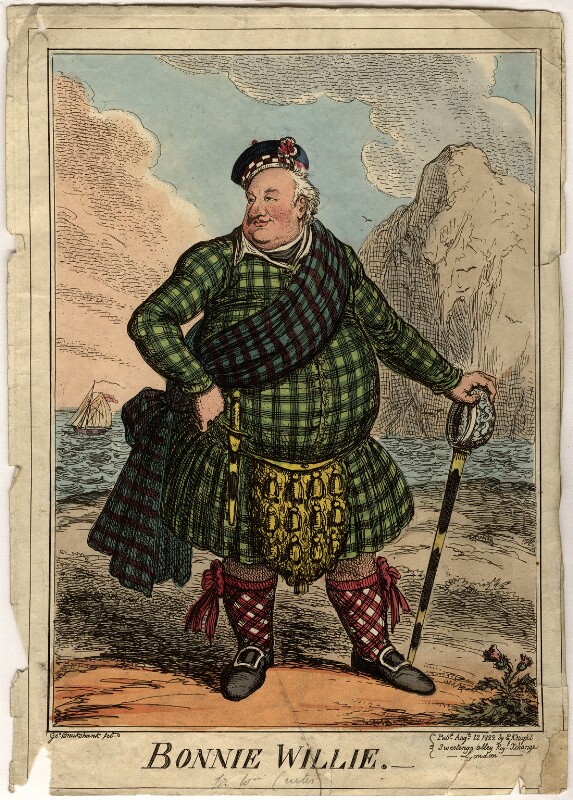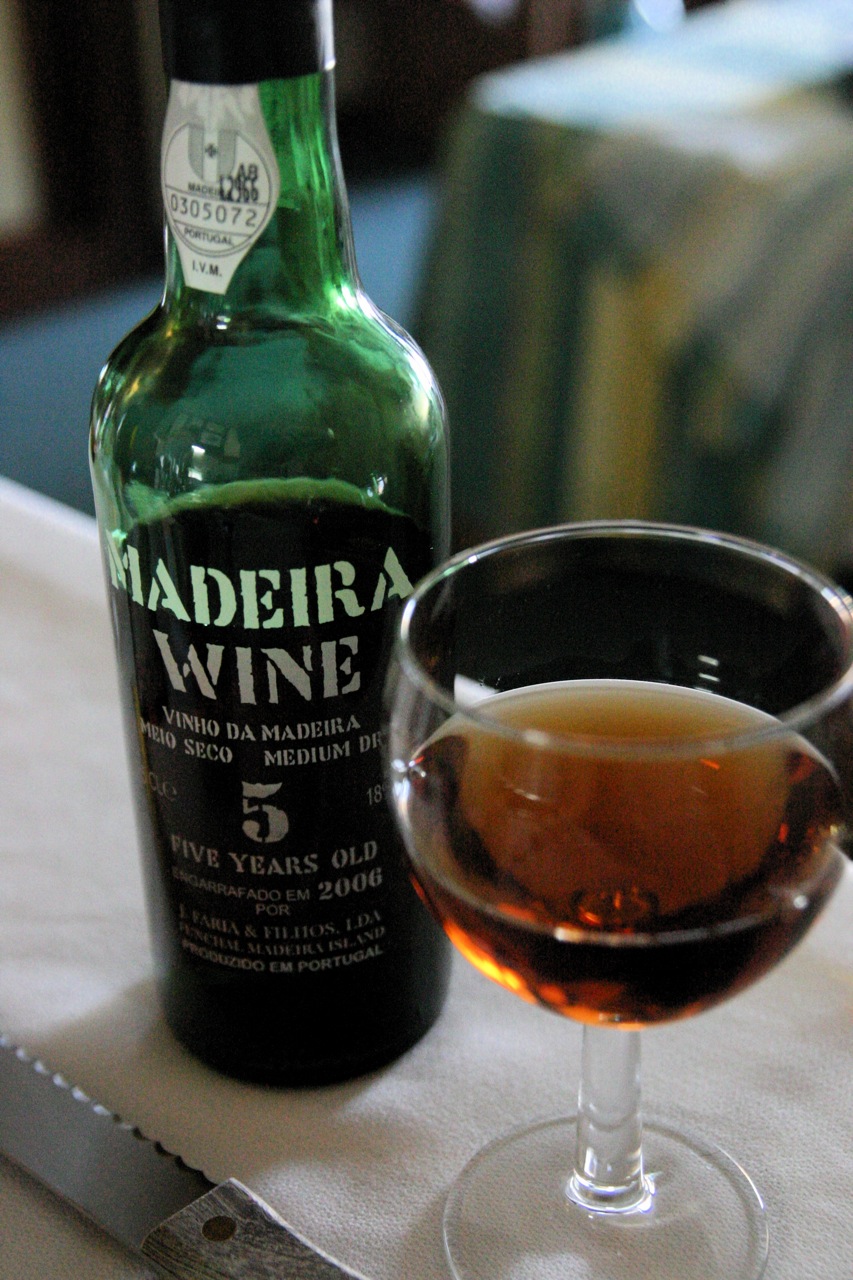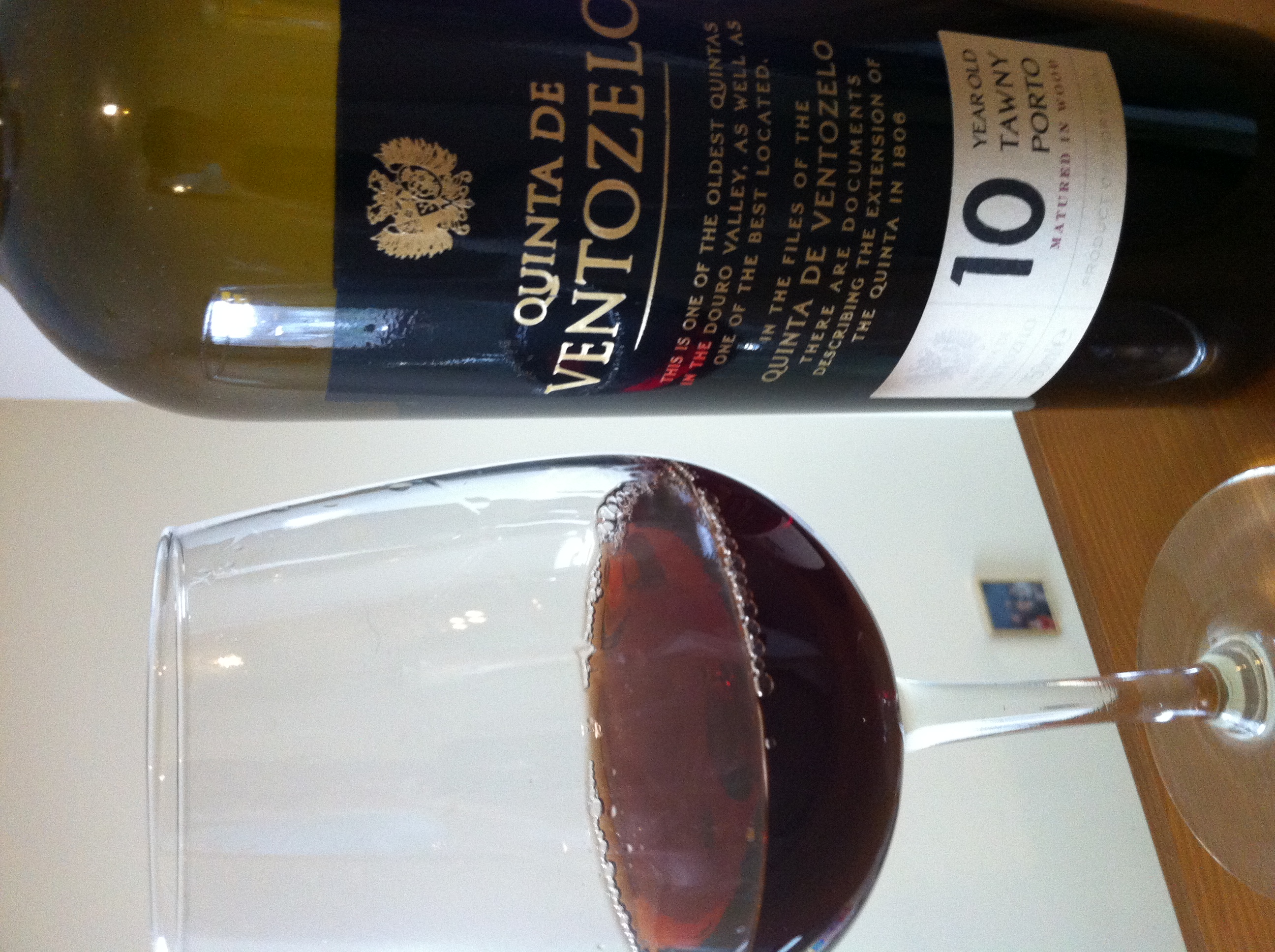|
Sir William Curtis, 1st Baronet
Sir William Curtis, Bt. (25 January 1752 – 18 January 1829) was an English businessman, banker and politician. Although he had a long political and business career (the two significantly intertwined), he was probably best known for the banquets he hosted. Life Born in Wapping, London, Curtis was the son of a sea biscuit manufacturer, Joseph Curtis, and his wife Mary Tennant. The family business was making ship's biscuit and other dry provisions for the Royal Navy. They were also shipowners whose vessels carried convicts to Australia and engaged in South Sea whaling. A lifelong Tory, he was elected as a Member of Parliament for the City of London at the 1790 general election. He held the seat continuously for 28 years until his defeat at the 1818 general election. He was returned to the Commons in February 1819 at a by-election for Bletchingley, and at the 1820 general election he was returned again for the City of London. He did not contest London again at the 1826 ele ... [...More Info...] [...Related Items...] OR: [Wikipedia] [Google] [Baidu] |
Walcheren Expedition
The Walcheren Campaign ( ) was an unsuccessful British expedition to the Netherlands in 1809 intended to open another front in the Austrian Empire's struggle with France during the War of the Fifth Coalition. Sir John Pitt, 2nd Earl of Chatham, was the commander of the expedition, with the missions of capturing Flushing and Antwerp in the Netherlands and enabling navigation of the Scheldt River. Some 39,000 soldiers, 15,000 horses together with field artillery and two siege trains crossed the North Sea and landed at Walcheren on 30July. This was the largest British expedition of that year, larger than the army serving in the Peninsular War in Portugal. Nevertheless, it failed to achieve any of its goals. The Walcheren Campaign involved little fighting, but heavy losses from the sickness popularly dubbed "Walcheren Fever". Although more than 4,000 British troops died during the expedition, only 106 died in combat; the survivors withdrew on 9December. Background In July 1809, ... [...More Info...] [...Related Items...] OR: [Wikipedia] [Google] [Baidu] |
Hastings (UK Parliament Constituency)
Hastings was a parliamentary constituency in Sussex. It returned two Members of Parliament to the House of Commons of the Parliament of the United Kingdom until the 1885 general election, when its representation was reduced to one member. It was abolished for the 1983 general election, when it was partially replaced by the new Hastings and Rye constituency. Boundaries 1918–1950: The County Borough of Hastings. 1950–1955: The County Borough of Hastings, the Municipal Borough of Rye, and part of the Rural District of Battle. 1955–1983: Members of Parliament MPs 1366–1640 MPs 1640–1885 MPs 1885–1983 Elections Elections in the 1830s The votes for Warre, Cave and Taddy were rejected by the mayor. Elections in the 1840s Planta resigned by accepting the office of Steward of the Chiltern Hundreds, causing a by-election. Elections in the 1850s Brisco re ... [...More Info...] [...Related Items...] OR: [Wikipedia] [Google] [Baidu] |
Beer
Beer is one of the oldest and the most widely consumed type of alcoholic drink in the world, and the third most popular drink overall after water and tea. It is produced by the brewing and fermentation of starches, mainly derived from cereal grains—most commonly from malted barley, though wheat, maize (corn), rice, and oats are also used. During the brewing process, fermentation of the starch sugars in the wort produces ethanol and carbonation in the resulting beer.Barth, Roger. ''The Chemistry of Beer: The Science in the Suds'', Wiley 2013: . Most modern beer is brewed with hops, which add bitterness and other flavours and act as a natural preservative and stabilizing agent. Other flavouring agents such as gruit, herbs, or fruits may be included or used instead of hops. In commercial brewing, the natural carbonation effect is often removed during processing and replaced with forced carbonation. Some of humanity's earliest known writings refer to the production and d ... [...More Info...] [...Related Items...] OR: [Wikipedia] [Google] [Baidu] |
Hock (wine)
Hock is a British term for German white wine. It sometimes refers to white wine from the Rhine region (specifically Riesling) and sometimes to all German white wine. The word ''hock'' is short for the obsolete word ''hockamore'', an alteration of "Hochheimer", derived from the name of the town of Hochheim am Main in Germany. The term seems to have been in use in the 17th century, initially for white wines (predominantly Riesling) from the Rheingau, but in the 18th century it came to be used for any German white wine sold in Britain, to convey some of the then very high prestige of Rheingau wine to (often much) lesser German wines. It seems probable that Queen Victoria's visit in 1850 to Hochheim (in Rheingau) and its vineyards during harvest time contributed to the continued use of the term. By then, those Rheingau wines commanded high prices, on par with, and sometimes higher than, the best wines from Bordeaux and Burgundy Burgundy (; french: link=no, Bourgogne ) is a his ... [...More Info...] [...Related Items...] OR: [Wikipedia] [Google] [Baidu] |
Malaga (wine)
Malaga is a sweet fortified wine originating in the Spanish city of Málaga made from Pedro Ximénez and Moscatel grapes. The center of Malaga production is Sierra de Almijara, along with Antequera, Archidona, San Pedro Alcantara, Velez Malaga and Competa, in the Spanish wine region of Málaga DOP. The winemaking history in Malaga and the nearby mountains is one of the oldest in Europe. However, like many of the world’s great dessert wines, demand fell dramatically in the 20th century and it was feared that this wine would soon become extinct. There has been a recent surge in interest in sweet wines, and Malaga wines are finding their place on the world stage. The main wine villages of this appellation include Frigiliana and Vélez. There are many red and white varietals grown, but the only ones used for dessert wines are the Pedro Ximénez and Moscatel. Malagas classically come in three distinctions (denominación de origen): * Malaga (mostly sweet white wines) * Sierra de M ... [...More Info...] [...Related Items...] OR: [Wikipedia] [Google] [Baidu] |
Sherry
Sherry ( es, jerez ) is a fortified wine made from white grapes that are grown near the city of Jerez de la Frontera in Andalusia, Spain. Sherry is produced in a variety of styles made primarily from the Palomino grape, ranging from light versions similar to white table wines, such as Manzanilla and fino, to darker and heavier versions that have been allowed to oxidise as they age in barrel, such as Amontillado and oloroso. Sweet dessert wines are also made from Pedro Ximénez or Moscatel grapes, and are sometimes blended with Palomino-based sherries. Under the official name of Jerez-Xérès-Sherry, it is one of Spain's wine regions, a Denominación de Origen Protegida (DOP). The word ''sherry'' is an anglicisation of Xérès (Jerez). Sherry was previously known as '' sack'', from the Spanish ''saca'', meaning "extraction" from the solera. In Europe, "sherry" has protected designation of origin status, and under Spanish law, all wine labelled as "sherry" must legally come fro ... [...More Info...] [...Related Items...] OR: [Wikipedia] [Google] [Baidu] |
Madeira Wine
Madeira is a fortified wine made on the Portuguese Madeira Islands, off the coast of Africa. Madeira is produced in a variety of styles ranging from dry wines which can be consumed on their own, as an apéritif, to sweet wines usually consumed with dessert. Cheaper cooking versions are often flavoured with salt and pepper for use in cooking, but these are not fit for consumption as a beverage. The islands of Madeira have a long winemaking history, dating back to the Age of Exploration (approximately from the end of the 15th century) when Madeira was a standard port of call for ships heading to the New World or East Indies. To prevent the wine from spoiling, neutral grape spirits were added. On the long sea voyages, the wines would be exposed to excessive heat and movement which transformed the flavour of the wine. This was discovered by the wine producers of Madeira when an unsold shipment of wine returned to the islands after a round trip. Today, Madeira is noted for its un ... [...More Info...] [...Related Items...] OR: [Wikipedia] [Google] [Baidu] |
Claret
Bordeaux wine ( oc, vin de Bordèu, french: vin de Bordeaux) is produced in the Bordeaux region of southwest France, around the city of Bordeaux, on the Garonne River. To the north of the city the Dordogne River joins the Garonne forming the broad estuary called the Gironde; the Gironde department, with a total vineyard area of over 120,000 hectares, is the largest wine growing area in France. Average vintages produce over 700 million bottles of wine, ranging from large quantities of everyday table wine, to some of the most expensive and prestigious wines in the world. The vast majority of wine produced in Bordeaux is red (sometimes called "claret" in Britain), with sweet white wines (most notably Sauternes), dry whites, and (in much smaller quantities) rosé and sparkling wines (Crémant de Bordeaux) collectively making up the remainder. Bordeaux wine is made by more than 8,500 producers or ''châteaux''. There are 54 appellations of Bordeaux wine. History Viticulture ... [...More Info...] [...Related Items...] OR: [Wikipedia] [Google] [Baidu] |
Port Wine
Port wine (also known as vinho do Porto, , or simply port) is a Portuguese fortified wine produced in the Douro Valley of northern Portugal. It is typically a sweet red wine, often served with dessert, although it also comes in dry, semi-dry, and white varieties. Other port-style fortified wines are produced outside Portugalin Argentina, Australia, Canada, France, India, South Africa, Spain, and the United Statesbut under the European Union Protected Designation of Origin guidelines, only wines from Portugal are allowed to be labelled "port". Region and production Port is produced from grapes grown and processed in the demarcated Douro region.Porter, Darwin & Danforth Price (2000) ''Frommer's Portugal'' 16th ed., p. 402. IDG Books Worldwide, Inc. The wine produced is then fortified by the addition of a neutral grape spirit known as aguardente to stop the fermentation, leaving residual sugar in the wine, and to boost the alcohol content. The fortification spirit is ... [...More Info...] [...Related Items...] OR: [Wikipedia] [Google] [Baidu] |
Memorial To Sir William Curtis In St George's Church, Ramsgate
A memorial is an object or place which serves as a focus for the memory or the commemoration of something, usually an influential, deceased person or a historical, tragic event. Popular forms of memorials include landmark objects or works of art such as sculptures, statues or fountains and parks. Larger memorials may be known as monuments. Types The most common type of memorial is the gravestone or the memorial plaque. Also common are war memorials commemorating those who have died in wars. Memorials in the form of a cross are called intending crosses. Online memorials are often created on websites and social media to allow digital access as an alternative to physical memorials which may not be feasible or easily accessible. When somebody has died, the family may request that a memorial gift (usually money) be given to a designated charity, or that a tree be planted in memory of the person. Those temporary or makeshift memorials are also called grassroots memorials.''Grassroo ... [...More Info...] [...Related Items...] OR: [Wikipedia] [Google] [Baidu] |
Curtis Baronets
There have been two baronetcies created for persons with the surname Curtis, one in the Baronetage of Great Britain and one in the Baronetage of the United Kingdom. One creation is extant as of 2007. The Curtis Baronetcy, of Gatcombe in the County of Southampton, was created in the Baronetage of Great Britain on 10 September 1794 for the naval commander Admiral Sir Roger Curtis, 1st Baronet. The title became extinct on the death of the fourth Baronet in 1954. The Curtis Baronetcy, of Cullands Grove, Southgate in the County of Middlesex, was created in the Baronetage of the United Kingdom on 23 December 1802 for Sir William Curtis, 1st Baronet, the son of a wealthy London biscuit manufacturer. He was member of parliament for the City of London from 1790 to 1818 and 1820 to 1826 and Lord Mayor of London from 1794 to 1795. He was later offered a peerage but declined. The third Baronet moved the family seat to Caynham Court, Caynham, Shropshire in 1852 and was High Sheriff of Shrops ... [...More Info...] [...Related Items...] OR: [Wikipedia] [Google] [Baidu] |
Cullands Grove
Cullands Grove, also known as Cannon's, was a country house and estate in Southgate, Middlesex. It was built on an area of woodland formerly known as Gullands Grove. Cullands Grove was known for the lavish banquets held there by Sir William Curtis 1st Baronet of Cullands Grove and after his death in 1829 it took a week to auction the contents of the house and estate which included 370 dozen bottles of wine. Around 1840, the estate was merged into the Grovelands estate and the house demolished. Location Cullands Grove house and estate stood in an area of former woodland, north of where Alderman's Hill now lies, on the corner with Cannon Hill, on the road from Southgate to Palmers Green in the county of Middlesex. It was of about . History In the mid 18th century, possibly in 1754, the insurance broker Stephen Godin bought a Southgate woodland known as Gullands Grove from Walter Henshaw and Henry Hadley. Pam, David. (1982) ''Southgate and Winchmore Hill: A Short History''. Lon ... [...More Info...] [...Related Items...] OR: [Wikipedia] [Google] [Baidu] |








